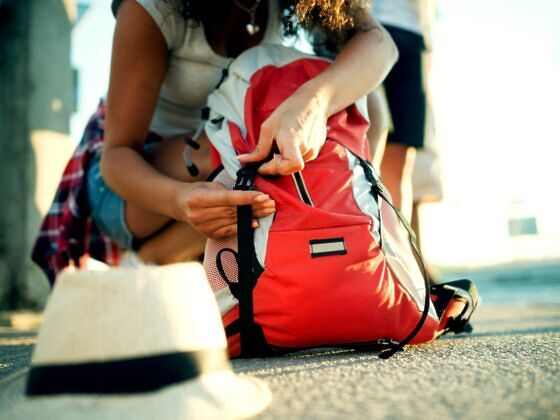Illustration by Jacob Bielanski
The single greatest piece of advice I heard prior to my first vagabonding excursion was to pack my bag, then remove half the stuff and leave it behind.
As with all good advice, I only admired the lesson after I had failed to heed it. Lugging a heavy pack through border crossings and train stations, only then did I ask myself two questions:
